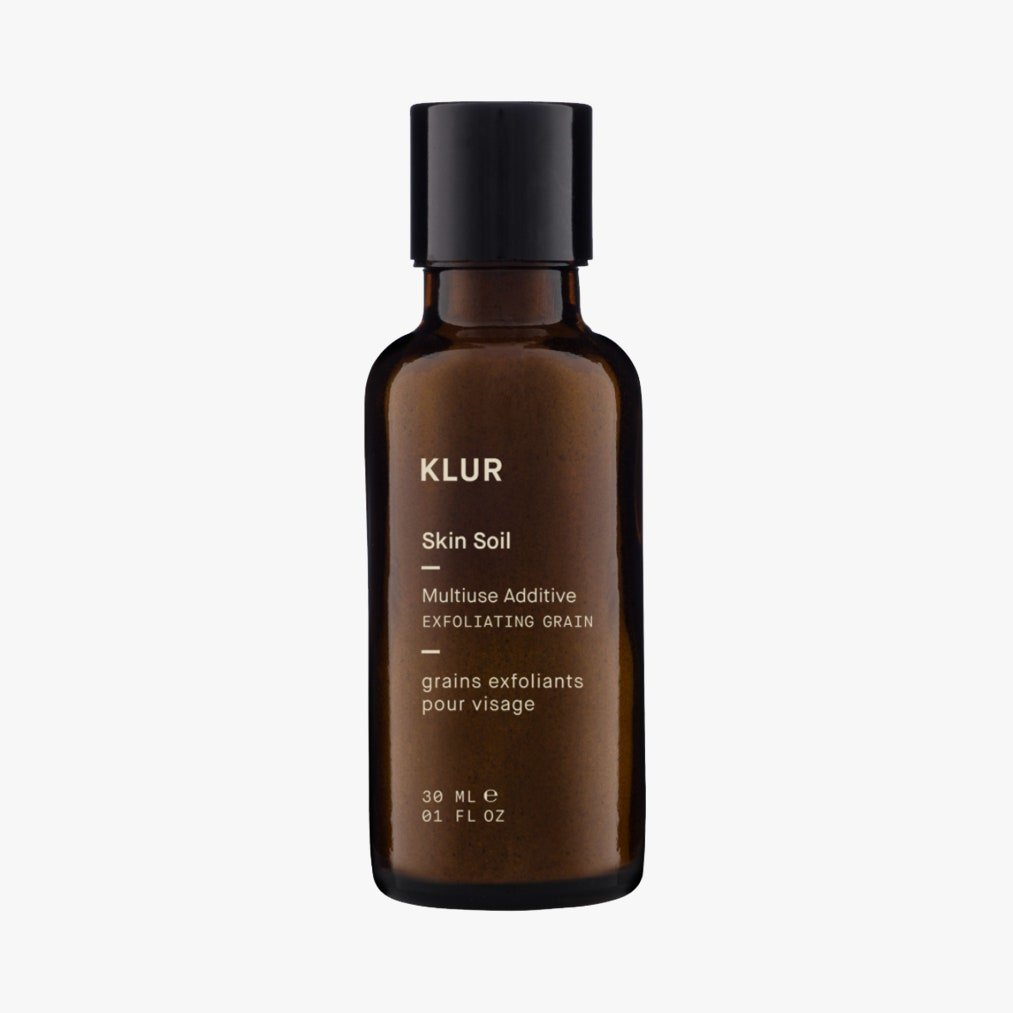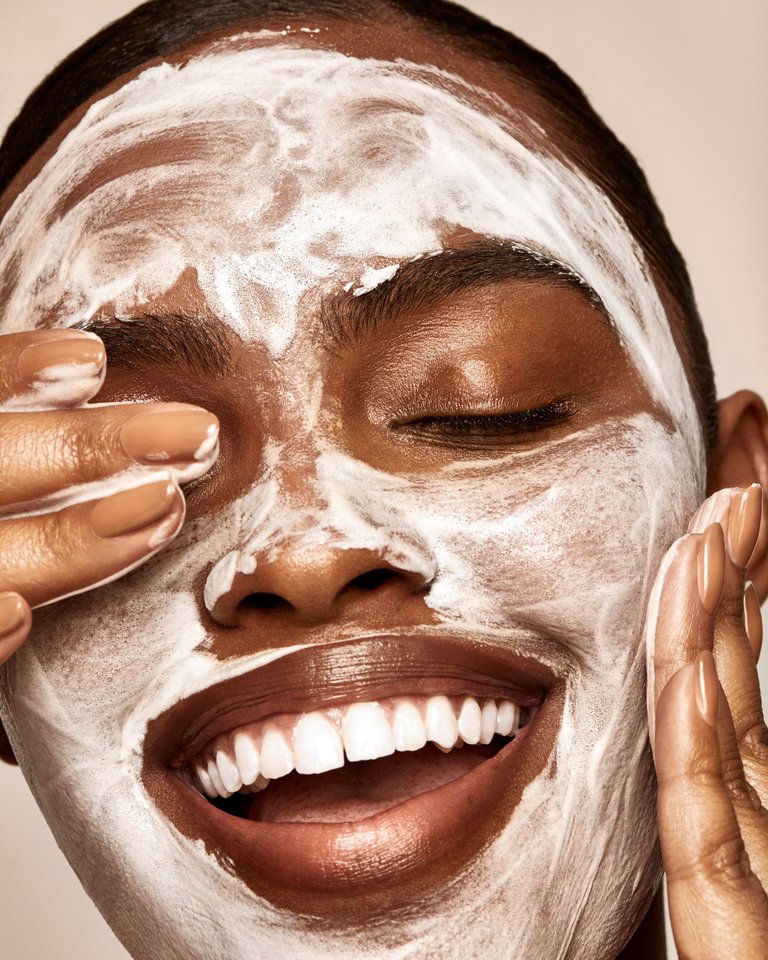On a practical level, this makes sense; mask-wearing can trap sweat and bacteria on skin, and exfoliating can help unclog congested pores. And with many spas closed, regular, skin-sloughing facials are out of reach for many of us. Yet there’s also a psychological factor at play too: As we vigorously wipe down surfaces and fiercely wage war on stealthy germs, there’s a certain mesmerizing appeal in peeling away the battle-worn outer layer of our skin to reveal the fresh, “clean” layer underneath.
But good intentions can often go awry. “It’s so easy to overdo it,” says New York–based medical esthetician Jordana Mattioli of striking the balance between featherlight- and heavy-handed exfoliation, the latter of which can lead to redness, inflammation, and hyperpigmentation, especially among women with Black or brown skin. “As a dermatologist who takes care of skin of color, I see a lot of aggressive exfoliation, and I’m often talking people down off the ledge-urging them to back off their faces,” confirms Carlos A. Charles, M.D., a Manhattan dermatologist and the founder of Derma di Colore, a medical practice that focuses on a range of different skin tones.
By design, skin naturally sheds dead cells in a 28-day cycle. Certain factors (dry, cold air; indoor heating systems; stress) can stall this process, however, so regular, mild exfoliating is crucial to increasing cellular turnover, insists Mattioli—especially in the winter months. The myriad ways to effectively break down the top layer of skin can be mystifying, though, and many tried-and-true solutions have gotten a bad rap of late. Physical exfoliation, the process of manually dislodging dirt and and stripping away surface cells with textured bits and grainy particles, was once the gold standard of sloughing, until popular exfoliants, such as the pulverized walnut shell pieces found in the ill-famed St. Ives Fresh Skin Apricot Scrub, came under fire for being too abrasive (a class-action lawsuit filed against St. Ives in 2017 claimed that its popular product damaged skin by creating micro-tears, though the suit was tossed out in December 2018). Mechanical exfoliation, which leverages tech-savvy devices to buff the complexion hasn’t fared much better: In September, L’Oréal abruptly pulled the plug on Clarisonic—the decade-defining skin brush that relied on spinning bristles and sonic vibrations to clean pores—much to the relief of dermatologists and aestheticians, who found the turbocharged at-home tool often did more harm than good. Chemical exfoliators, such as alpha- and beta-hydroxy acids, have emerged as arguably some of the safest, and gentlest ways to break down the bonds between skin cells and decongest pores with experts advising patch tests to rule out any irritation before use, and nighttime applications to reduce photosensitivity during the day. But knowing your mandelic acid from your glycolic acid can be overwhelming. Here, an expert-backed, three-step plan for safe, effective exfoliation to keep skin smooth, calm, and clear all winter long.
The Mechanics of Mechanical Exfoliation
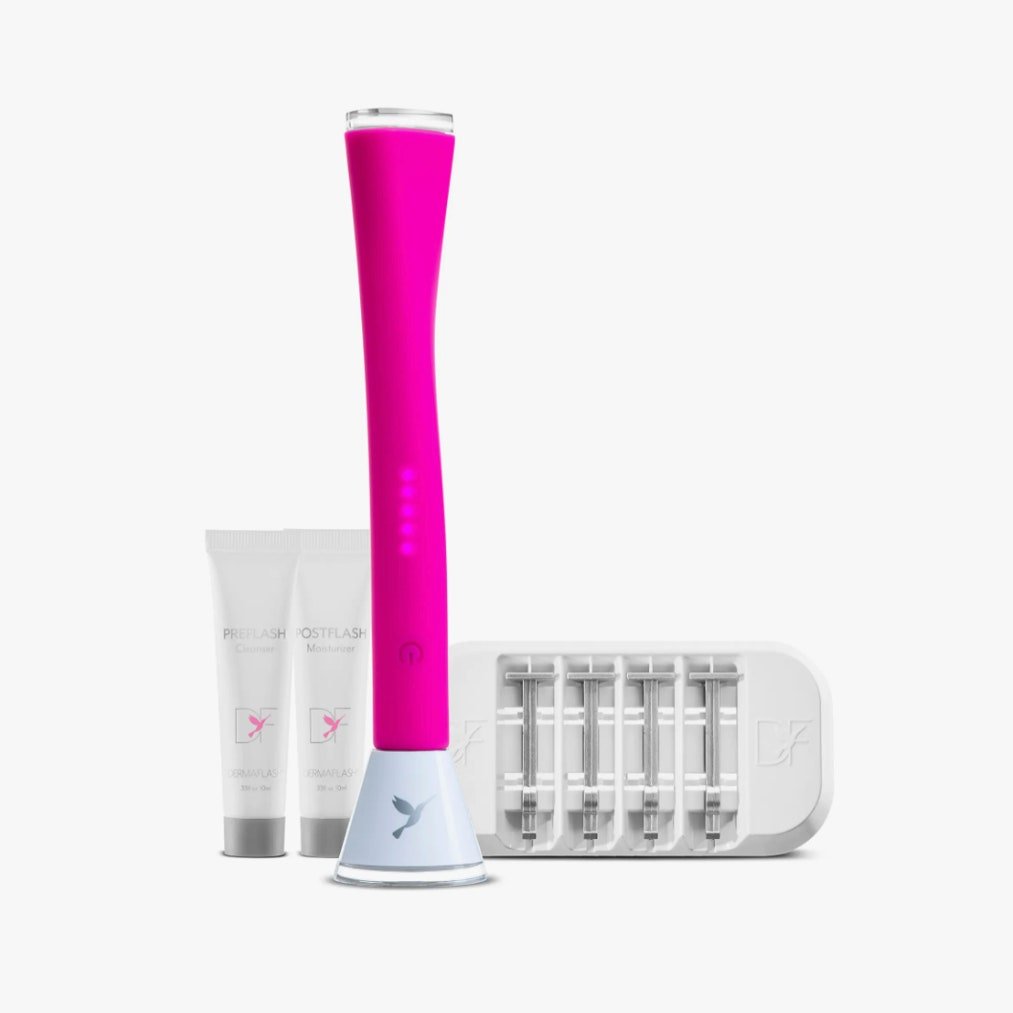
If you have a thick layer of dull skin that’s mostly due to dryness and flakes, not acne, Mattioli suggests starting with a mechanical exfoliating tool, which is often more effective than relying on high percentages of acids to break through initial buildup. Mattioli is a fan of Dermaflash Luxe, a dermaplaning device that uses a vibrating blade to ever-so-lightly “scrape away the top layer of skin,” she says; PMD Personal Microderm Classic, which combines spinning microdermabrasion discs that polish your face with “suction to pull out debris from pores,” offers a next step up, Mattioli adds. Los Angeles–based esthetician Shani Darden has long been wary of cleansing tools, many of which, she finds, “can be harsh on skin.” But Darden swears by the Nion Opus Luxe, which has soft, antibacterial silicone bristles that slough away dead skin “without causing irritation.”
The Chemical Reaction
Alpha-Hydroxy Acids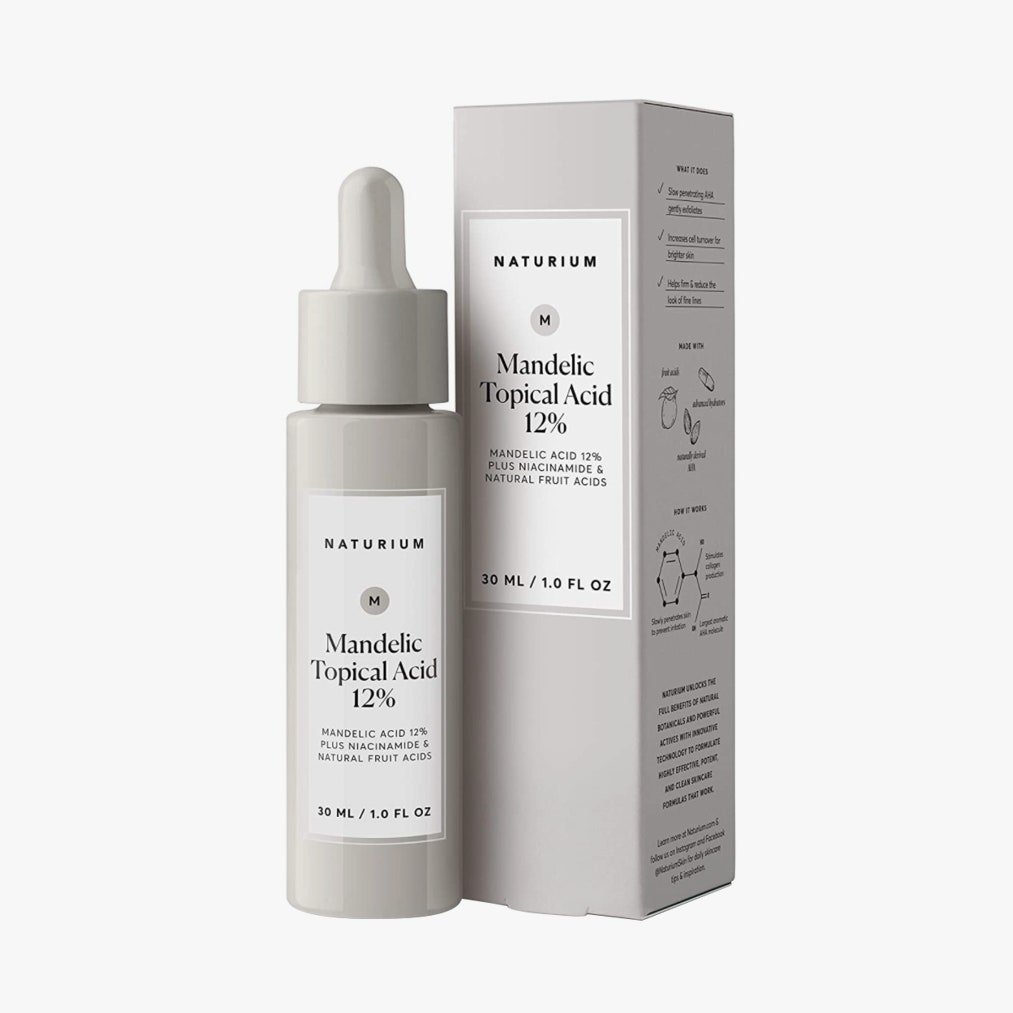
Once you’ve removed an initial round of dead skin, acids can further refine the surface and treat your pores, says Connecticut-based dermatologist Mona Gohara, M.D. If you have nonreactive skin, Gohara suggests applying an acid-spiked serum after mechanical exfoliation. Of the overwhelming array of acids on the market, she prefers water-soluble alpha-hydroxy acids (AHAs), which gently loosen the upper layers of skin—producing a peeling action—which helps fade pigmented spots and even out rough or bumpy patches. Mattioli is partial to mandelic acid, which she considers an “unsung hero” since it has a larger molecular size than other AHAs, so it doesn’t absorb quite as fast (a good thing if you have sensitive skin). Naturium’s new Mandelic Topical Acid 12% pairs this acid with skin-barrier-supporting niacinamide to prevent dryness. For a more intense treatment or for mature complexions, glycolic acid has the smallest molecular weight of all AHAs, so it penetrates the deepest and can build collagen in addition to improving texture and tone. Mattioli advises starting with a low dose, such as Krave Beauty’s Kale-Lalu-yAHA treatment-like toner with 5.25% glycolic acid, and increasing the strength gradually.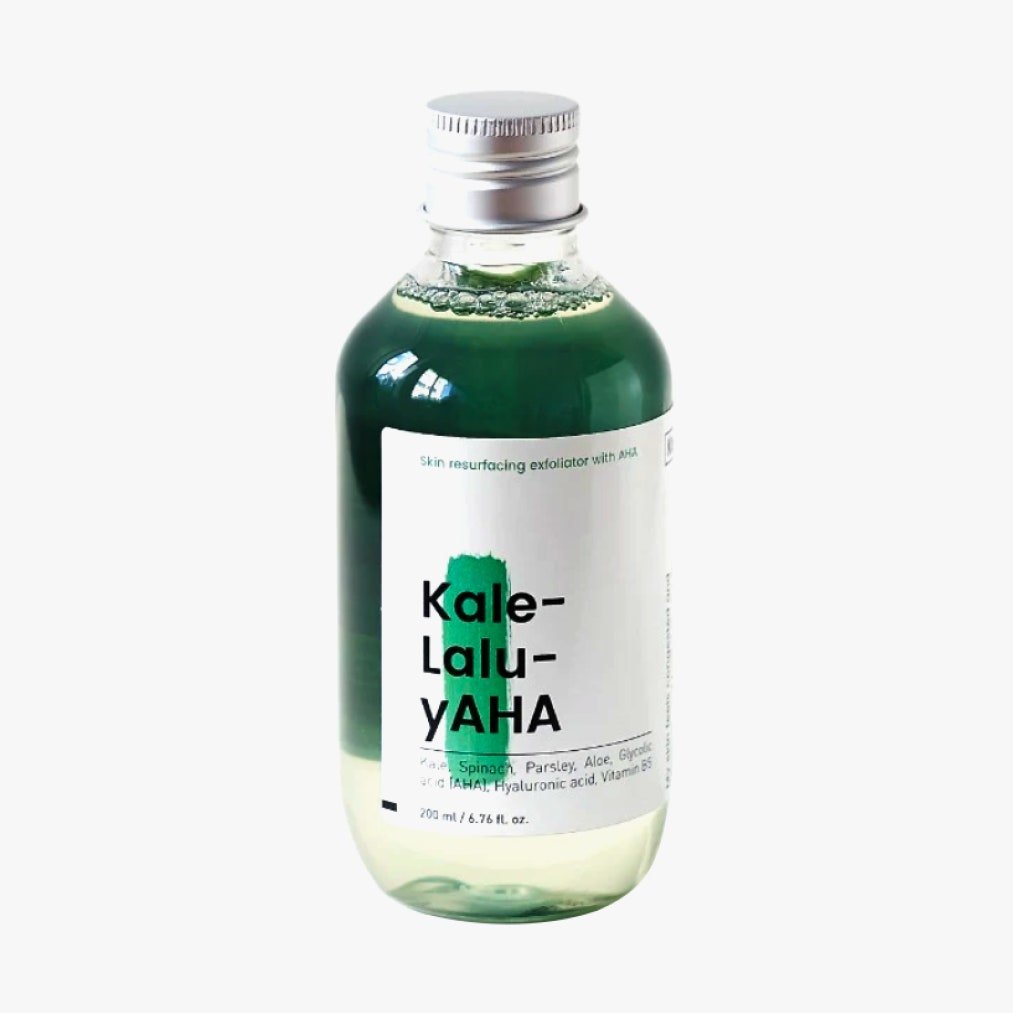
Beta-Hydroxy Acids
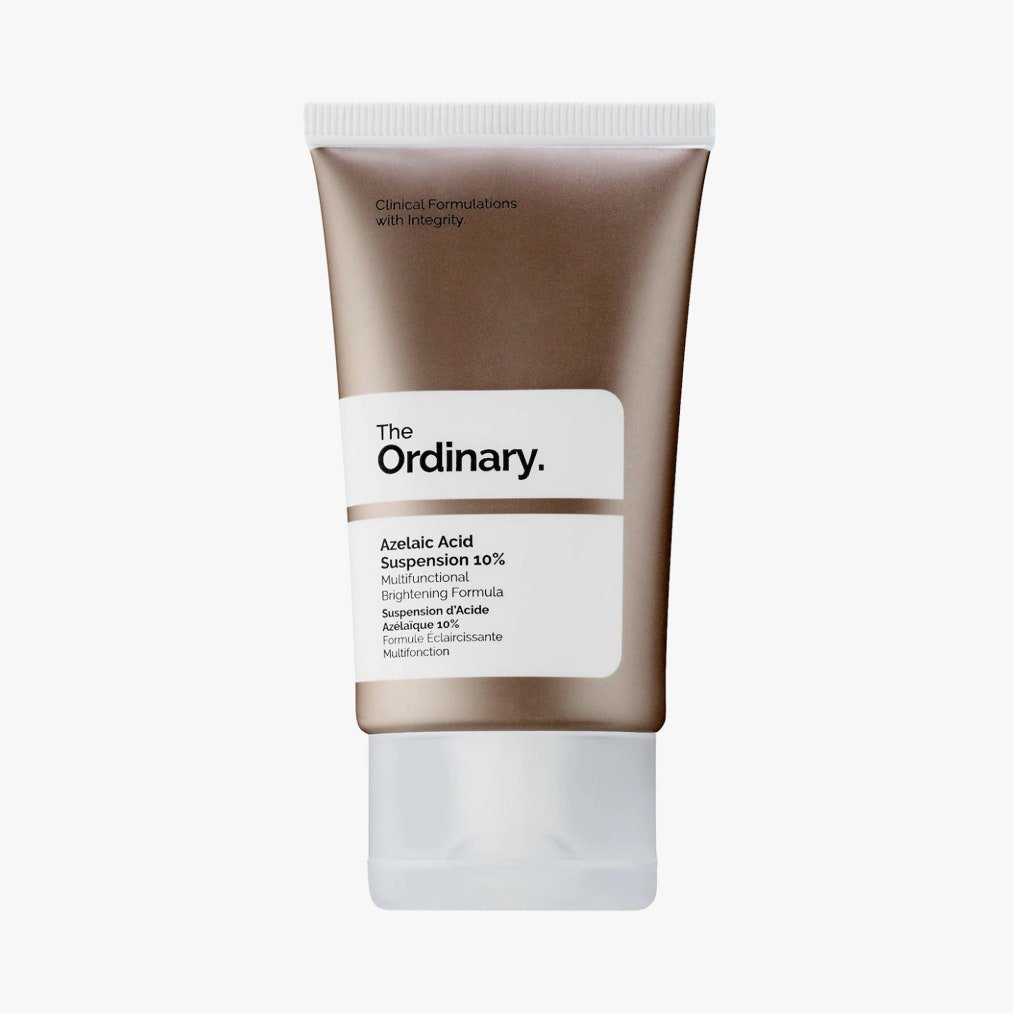
Beta-hydroxy acids (BHAs) are oil-soluble and go deeper into the pores than AHAs to clear excess debris and sebum. Mattioli likes azelaic acid, such as The Ordinary’s Azelaic Acid Suspension 10%, as its high molecular-weight effectively kills bacteria while also reducing redness and swelling, making it gentle enough for treating acne and rosacea. Salicylic acid takes things up a notch, she says, penetrating deep into pores to unblock any congestion, even out skin tone, and smooth the surface. Paula’s Choice 2% BHA Liquid Exfoliant has a devoted following among skin-care junkies. Dallas- and NYC-based aesthetician Joanna Czech, meanwhile, is loyal to the cultish Biologique Recherche P50, which “comes in a variety of strengths,” she says, including a gentle P50W with salicylic acid, “so you can adjust accordingly to your sensitivity and skin conditions.”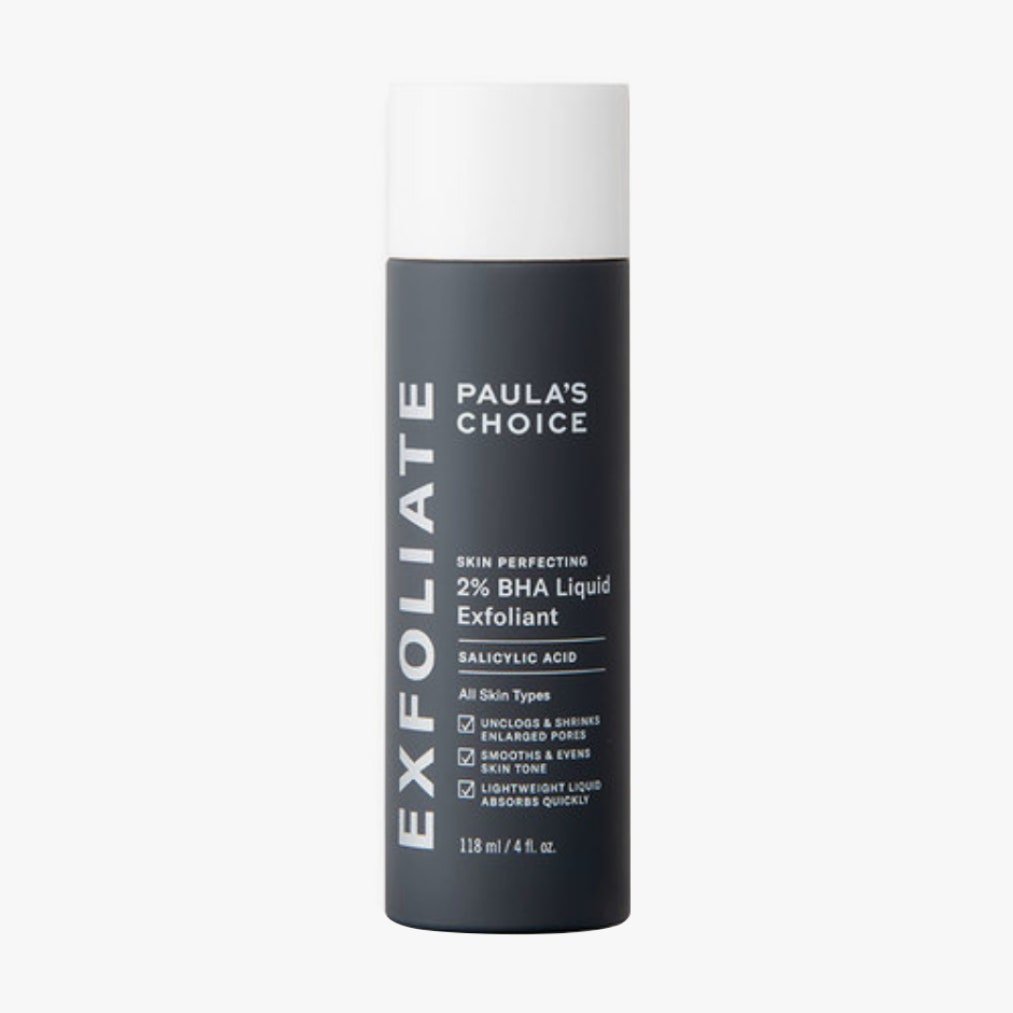
AHA/BHA Blends
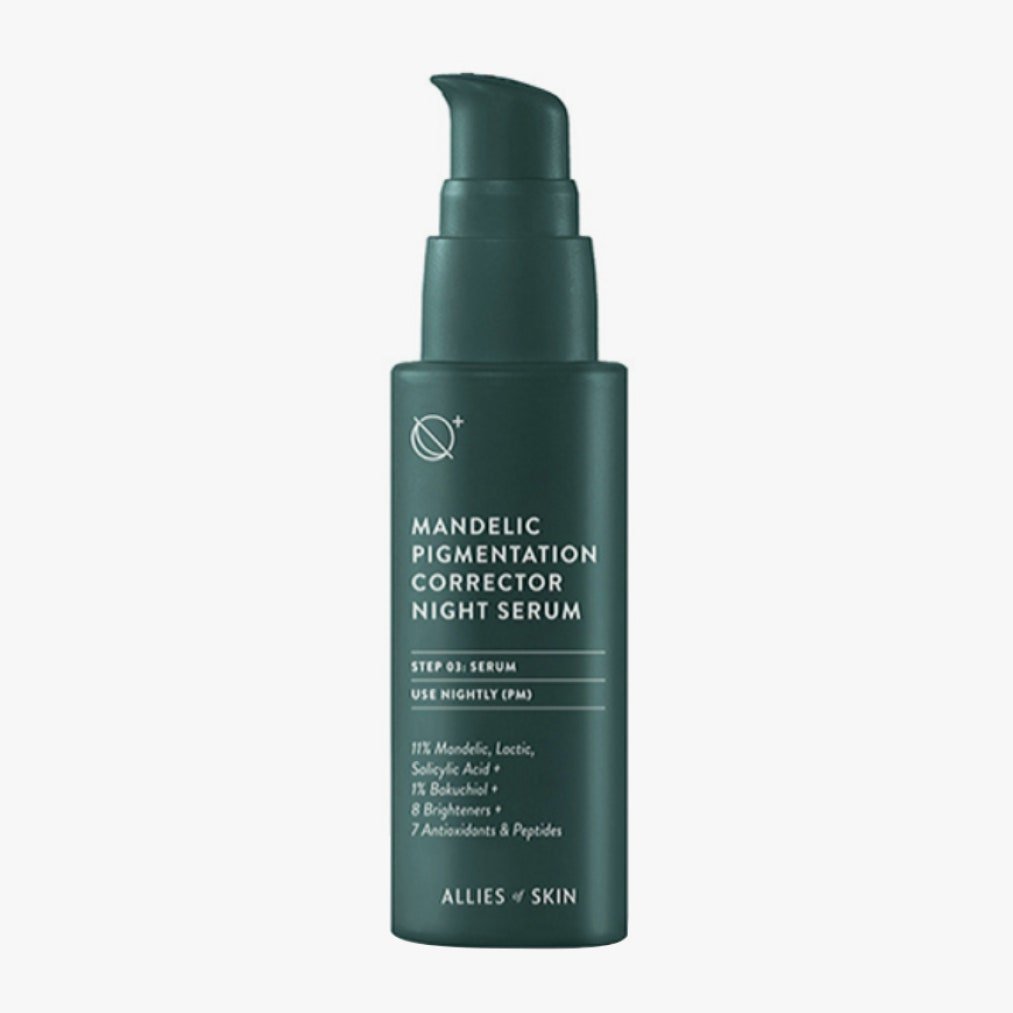
A more streamlined chemical exfoliation option is to combine acids in one multitasking formula. Mattioli is partial to Allies of Skin Mandelic Pigmentation Corrector Night Serum, with a buffet of complexion-brightening ingredients (mandelic, lactic, and salicylic acids) and protective antioxidants, making it “such a well-rounded product,” she says. Charles, who recently cofounded 456, a brand that’s specifically designed for skin of color, points to his To Be Clear Exfoliant Mask, with glycolic and salicylic acid, plus probiotics to firm and clear up skin.
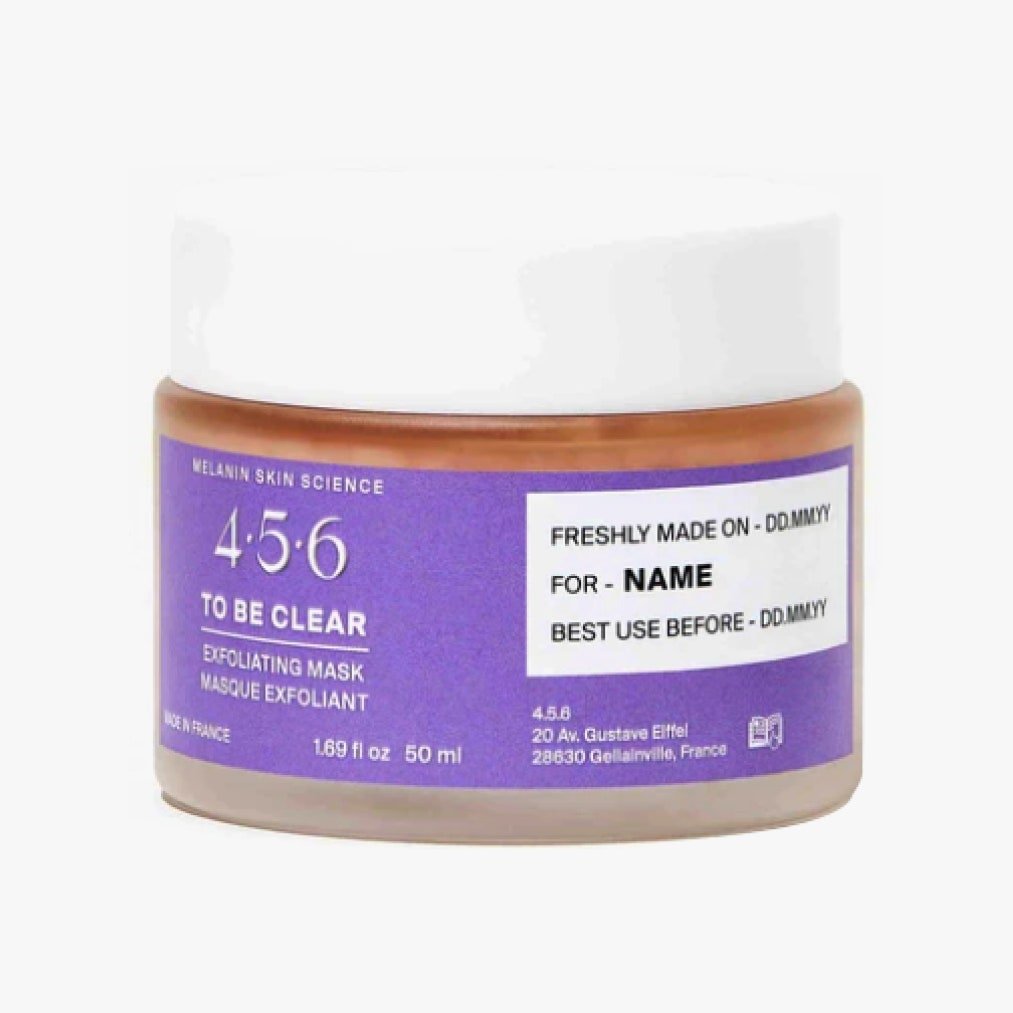
Let’s Get Physical
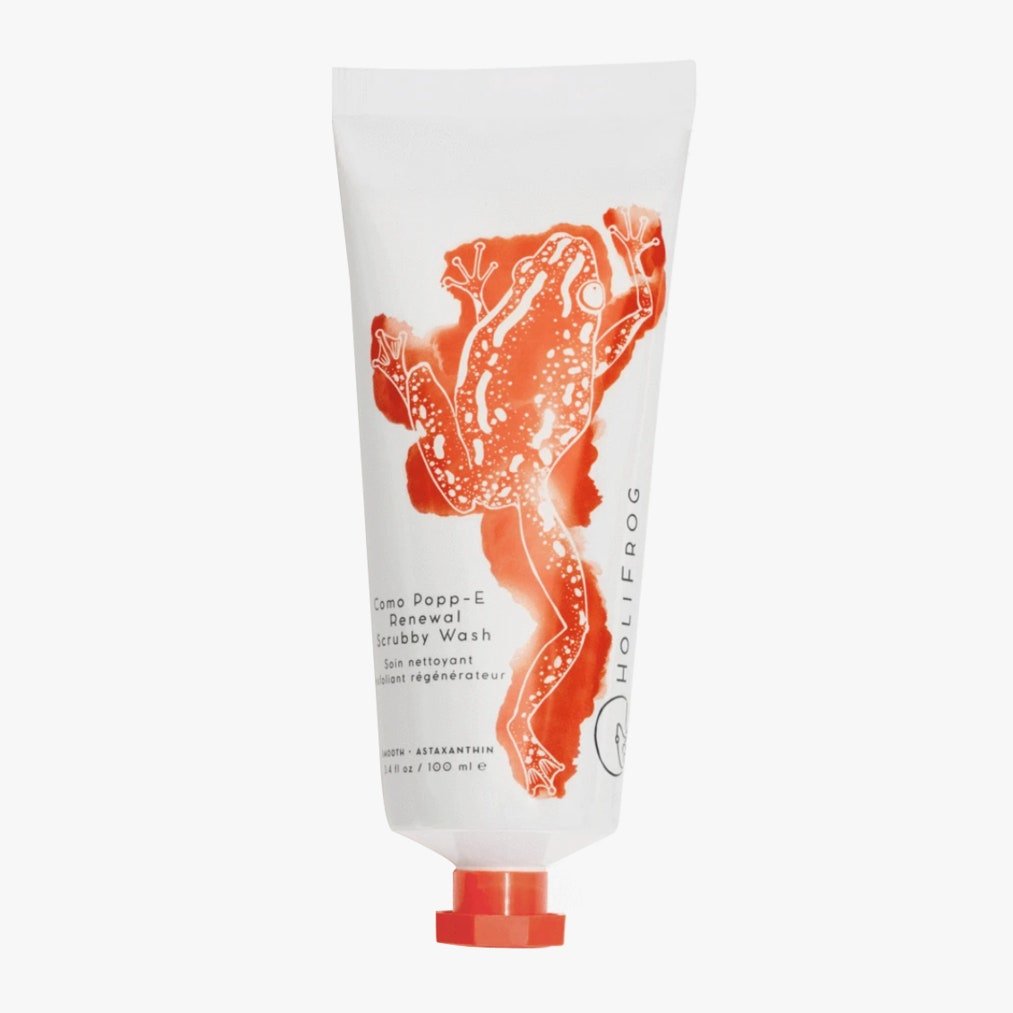
Physical exfoliants can be used once a week, or every other week to maintain skin tone and clarity. Mattioli prefers micro-exfoliants-or those with small-size, non-coarse particles-such as the poppy seeds and bamboo powder found in Holifrog’s Como Popp-E Renewal Scrubby Wash, or the brown rice and rosehip seeds in Klur’s Skin Soil, which comes in a dry powder that, when mixed with water, forms a low-friction scrub with just enough grit to disrupt debris without causing damage. The newly launched Daily Exfoliating Face Wash from Reflekt 1 uses gentle, biodegradable beads crafted from jojoba esters. If you’re sensitive, skip the scrubs altogether, and keep it simple with a washcloth, suggests Czech. “I just rinse with a linen washcloth, which is another great micro-exfoliator,” she elaborates. Move the cloth across your face in small, circular motions to soften any flakes so they can be easily washed away on their own.
